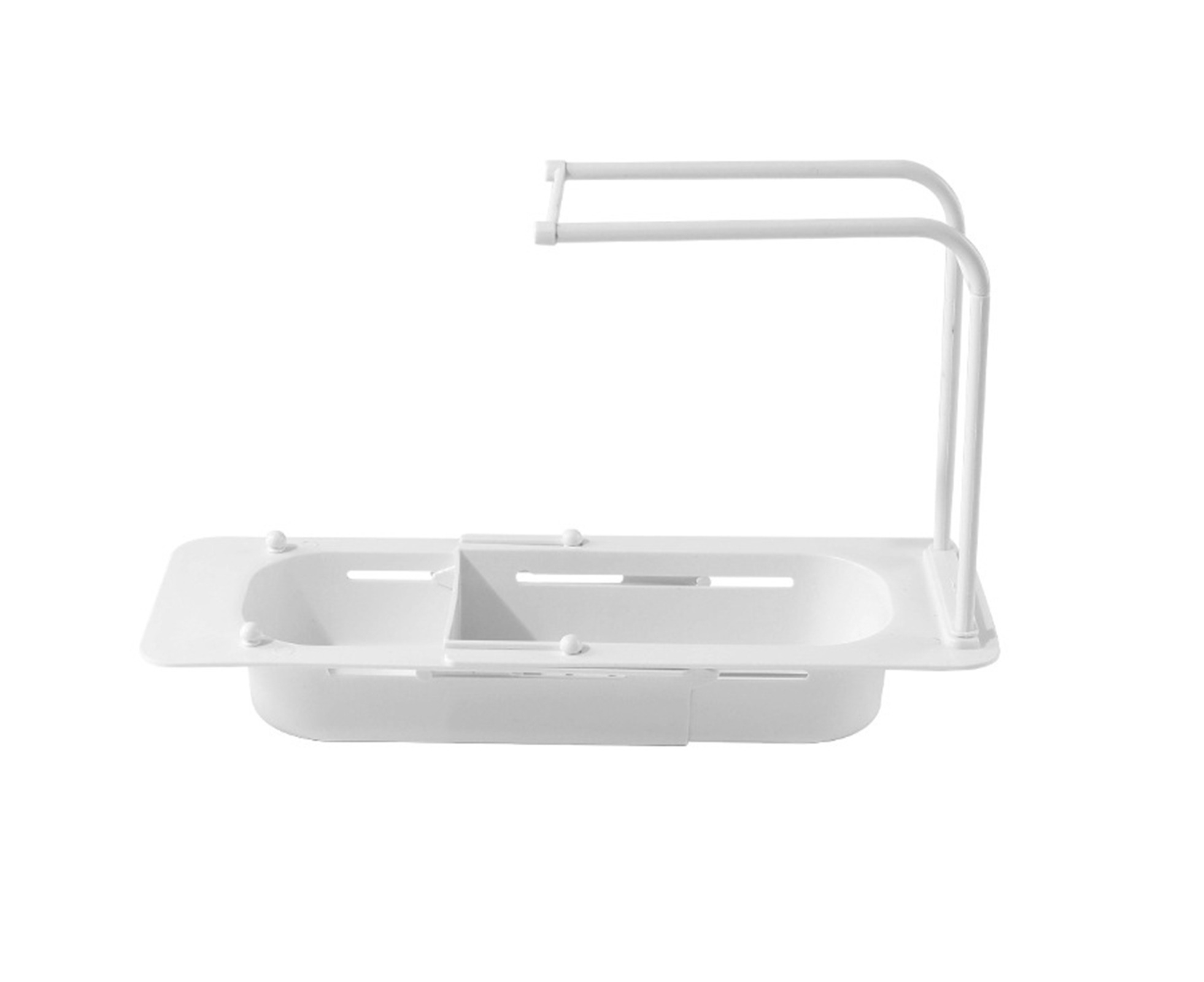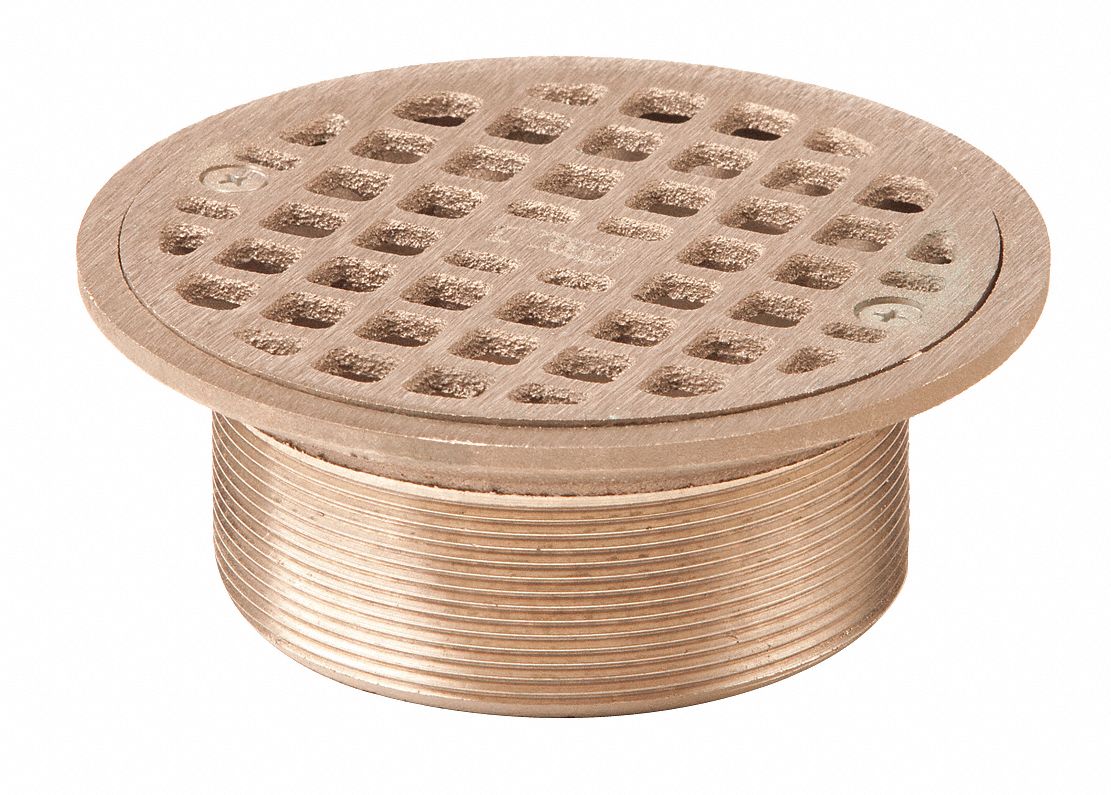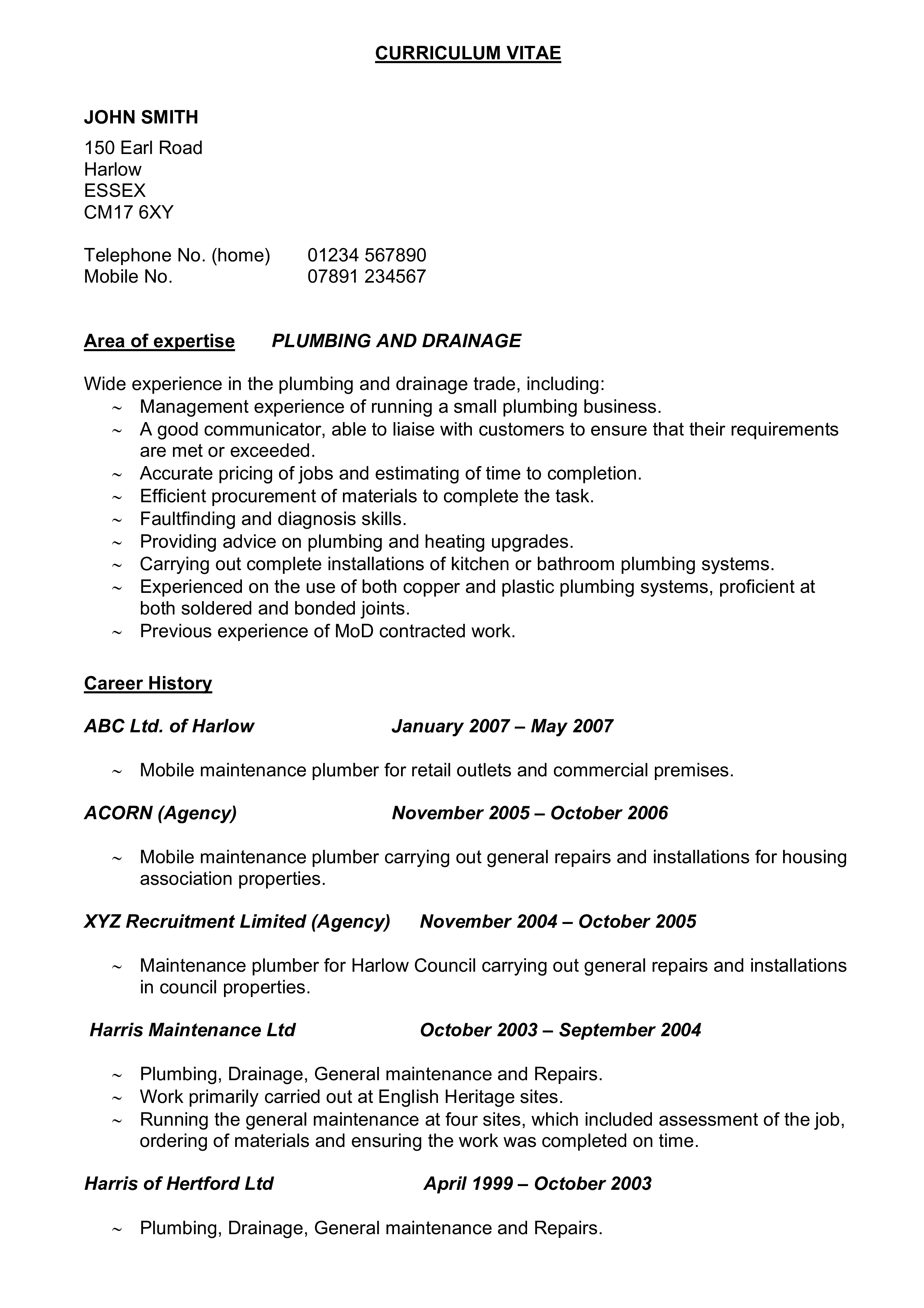If your kitchen sink is clogged and won't drain, one of the first things you can try is using a plunger. This household tool is designed to create suction and dislodge any blockage in your drain. To use a plunger on your kitchen sink, fill the sink with enough water to cover the bottom of the plunger. Place the plunger over the drain and push down, then pull up quickly to create suction. Repeat this motion several times until the water starts to drain. Tip: Make sure to cover the overflow drain in your sink or use a wet cloth to create a better seal with the plunger.1. Use a plunger
If the plunger doesn't work, try pouring boiling water down the drain. This can help dissolve any grease or debris that may be causing the clog. Boil a pot of water and carefully pour it down the drain in stages, allowing a few seconds in between each pour. This method is not recommended for PVC pipes, as the hot water can damage them. Tip: For an extra boost, add a cup of salt to the boiling water before pouring it down the drain.2. Pour boiling water down the drain
A combination of baking soda and vinegar is a natural and effective way to unclog a kitchen sink. Start by pouring half a cup of baking soda down the drain, followed by one cup of white vinegar. Cover the drain with a cloth or stopper and let the mixture sit for about 30 minutes. Then, pour a pot of boiling water down the drain to flush out the mixture and any remaining debris. Tip: You can also use this method as a regular maintenance routine to prevent future clogs.3. Use a mixture of baking soda and vinegar
If your kitchen sink drain is still clogged, a drain snake can help break up and remove the blockage. This long, flexible tool can be inserted into the drain and turned to grab onto any debris. Once you feel resistance, pull the snake out and discard any debris that comes out with it. Repeat this process until the drain is clear. Tip: You can purchase a drain snake at most hardware stores.4. Try a drain snake
If you have a wet/dry vacuum, you can use it to suck out any debris that may be causing your kitchen sink to drain slowly. Set the vacuum to the wet setting and cover the vent to create suction. Place the vacuum hose over the drain and turn it on. The suction should be strong enough to pull out any clogs. Tip: If you don't have a wet/dry vacuum, you can try using a regular vacuum with a hose attachment.5. Use a wet/dry vacuum
If you don't have a drain snake, a wire hanger can be a useful alternative. Straighten out the hanger and create a small hook at one end. Insert the hook into the drain and use it to grab onto any debris. Pull the hanger out and discard any debris that comes out with it. You may need to repeat this process several times to fully remove the clog. Tip: Be careful not to scratch or damage your pipes with the hanger.6. Use a wire hanger
For a more powerful solution, mix together half a cup of salt, half a cup of baking soda, and one cup of white vinegar. Pour the mixture down the drain and cover it with a cloth or stopper. Let it sit for about 30 minutes, then flush it out with boiling water. Tip: You can also add a few drops of essential oils, such as lemon or tea tree, to help freshen up your drain.7. Use a combination of salt, baking soda, and vinegar
If all else fails, you can try using a commercial drain cleaner. These products are specifically designed to dissolve clogs in kitchen sinks and can be found at most grocery or hardware stores. Follow the instructions on the product carefully and be sure to use safety precautions, such as wearing gloves and eye protection. Tip: Be cautious when using drain cleaners, as they can contain harsh chemicals that can damage your pipes.8. Use a commercial drain cleaner
To prevent future clogs in your kitchen sink, consider installing a drain strainer. These small mesh screens fit over your drain and catch any food particles or debris, preventing them from going down the drain. Simply remove the strainer and discard any debris after each use. Tip: You can find drain strainers at most home goods stores or online.9. Install a drain strainer
If none of the above methods work, it may be time to call a professional plumber. They have the tools and expertise to diagnose and fix any issues with your kitchen sink drain. It's important to address a clogged drain as soon as possible to prevent further damage or costly repairs. Tip: Consider scheduling regular maintenance appointments with a plumber to avoid future clogs in your kitchen sink. In conclusion, a clogged kitchen sink drain can be a frustrating and inconvenient problem. However, with these top 10 stop kitchen sink from draining hacks, you can clear the clog and get your sink back to working properly. Whether you use household items or seek professional help, it's important to address the issue promptly to avoid any further complications.10. Call a professional plumber
How to Achieve a Functional and Stylish Kitchen Design: A Comprehensive Guide

The Importance of a Well-Designed Kitchen
 A kitchen is more than just a place to cook and prepare meals; it is the heart of a home. It is where we gather with our loved ones, share stories, and create memories. With such an essential role in our lives, it is crucial to have a kitchen that is both functional and aesthetically pleasing. A well-designed kitchen can make daily tasks more manageable and enjoyable, and it can also add value to your home. In this article, we will discuss how to achieve a functional and stylish kitchen design, with a focus on one common problem - how to stop the kitchen sink from draining.
A kitchen is more than just a place to cook and prepare meals; it is the heart of a home. It is where we gather with our loved ones, share stories, and create memories. With such an essential role in our lives, it is crucial to have a kitchen that is both functional and aesthetically pleasing. A well-designed kitchen can make daily tasks more manageable and enjoyable, and it can also add value to your home. In this article, we will discuss how to achieve a functional and stylish kitchen design, with a focus on one common problem - how to stop the kitchen sink from draining.
Consider Your Needs and Lifestyle
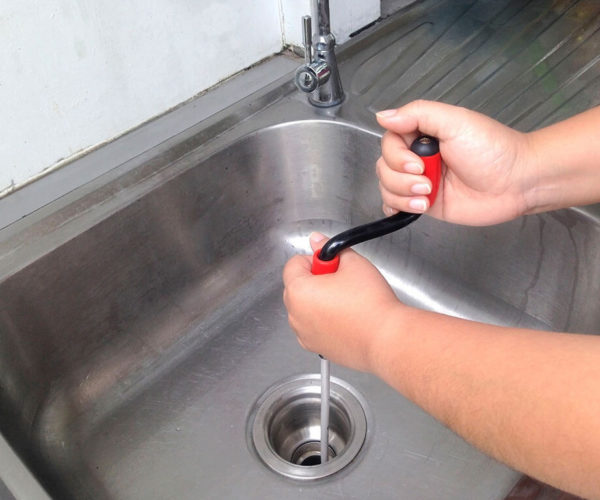 Before diving into the specifics of kitchen design, it is essential to assess your needs and lifestyle. Every household has different requirements, and your kitchen design should cater to those needs. If you have a large family, a spacious kitchen with plenty of storage and counter space would be ideal. If you love to cook and entertain, a functional layout with a large island would be more suitable. By understanding your needs and lifestyle, you can create a kitchen design that works best for you.
Before diving into the specifics of kitchen design, it is essential to assess your needs and lifestyle. Every household has different requirements, and your kitchen design should cater to those needs. If you have a large family, a spacious kitchen with plenty of storage and counter space would be ideal. If you love to cook and entertain, a functional layout with a large island would be more suitable. By understanding your needs and lifestyle, you can create a kitchen design that works best for you.
Focus on Functionality
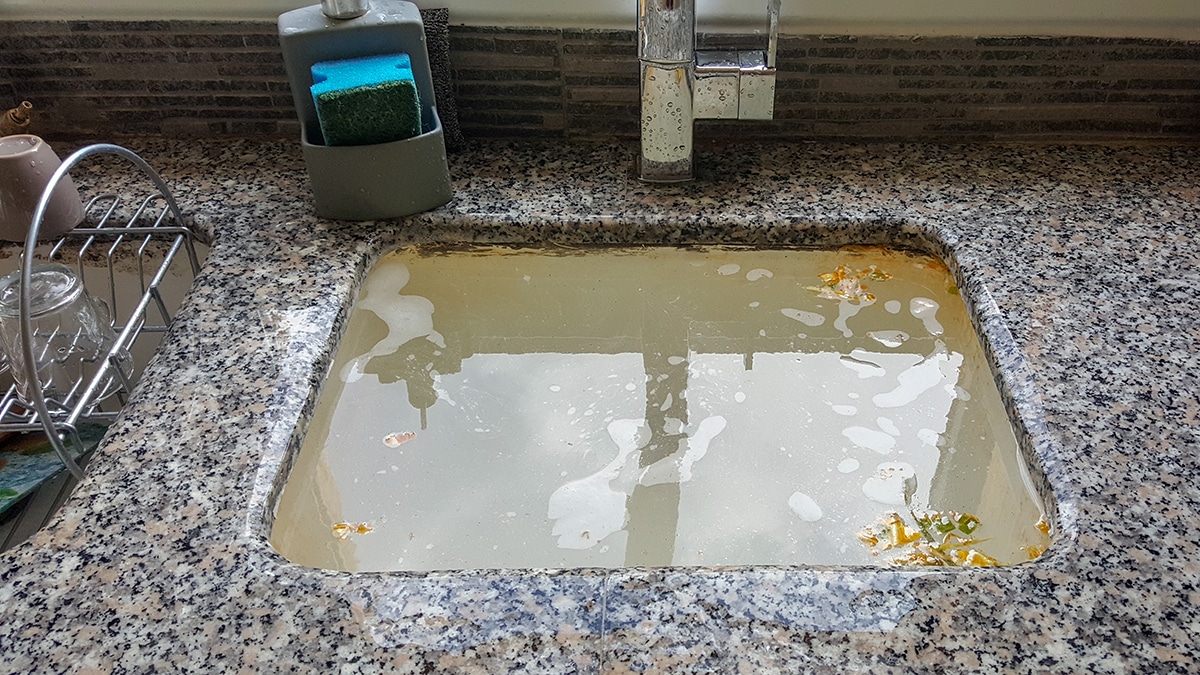 When it comes to kitchen design, functionality should be the top priority. A kitchen that is not functional can quickly become chaotic and frustrating to use. Consider the work triangle - the path between the sink, stove, and refrigerator - and make sure it is efficient and easy to navigate. Additionally, think about the flow of the kitchen and how you move around it during meal prep and cooking. These small details can make a significant difference in the overall functionality of your kitchen.
When it comes to kitchen design, functionality should be the top priority. A kitchen that is not functional can quickly become chaotic and frustrating to use. Consider the work triangle - the path between the sink, stove, and refrigerator - and make sure it is efficient and easy to navigate. Additionally, think about the flow of the kitchen and how you move around it during meal prep and cooking. These small details can make a significant difference in the overall functionality of your kitchen.
Choose the Right Materials and Finishes
 Not only should your kitchen be functional, but it should also be stylish and visually appealing. When selecting materials and finishes for your kitchen, consider durability, maintenance, and aesthetic appeal. For example, if you have young children, you may want to opt for stain-resistant countertops and durable flooring. You can also add some personal touches, such as a statement backsplash or unique cabinet hardware, to add personality to your kitchen design.
Not only should your kitchen be functional, but it should also be stylish and visually appealing. When selecting materials and finishes for your kitchen, consider durability, maintenance, and aesthetic appeal. For example, if you have young children, you may want to opt for stain-resistant countertops and durable flooring. You can also add some personal touches, such as a statement backsplash or unique cabinet hardware, to add personality to your kitchen design.
Invest in Proper Plumbing
 Now, let's address the main keyword of this article - how to stop the kitchen sink from draining. A common issue in many kitchens is a slow or clogged sink drain. This can be a nuisance and disrupt the functionality of your kitchen. To prevent this problem, make sure to invest in proper plumbing and regular maintenance. You can also use
eco-friendly drain cleaners
to prevent clogs and keep your sink draining efficiently. Remember, a functional kitchen starts with proper plumbing.
Now, let's address the main keyword of this article - how to stop the kitchen sink from draining. A common issue in many kitchens is a slow or clogged sink drain. This can be a nuisance and disrupt the functionality of your kitchen. To prevent this problem, make sure to invest in proper plumbing and regular maintenance. You can also use
eco-friendly drain cleaners
to prevent clogs and keep your sink draining efficiently. Remember, a functional kitchen starts with proper plumbing.
Conclusion
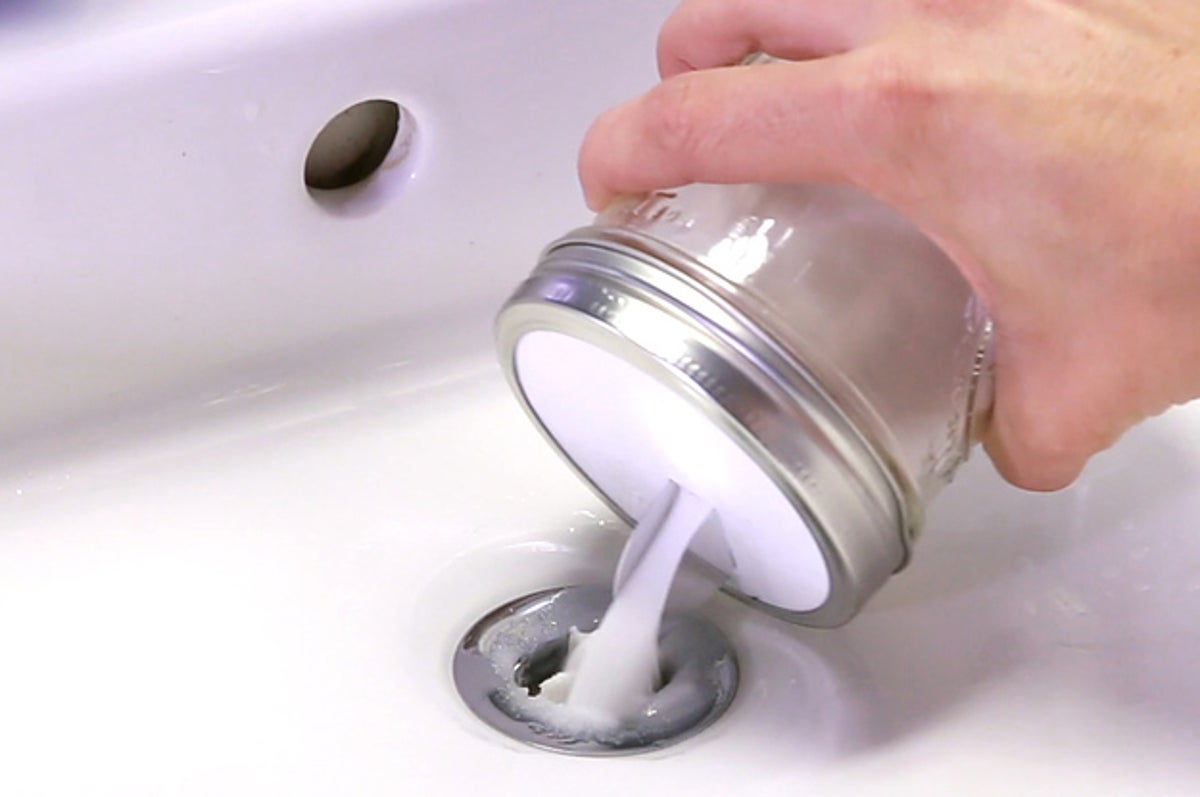 In conclusion, a well-designed kitchen is a combination of functionality and style. By considering your needs and lifestyle, focusing on functionality, choosing the right materials and finishes, and investing in proper plumbing, you can create a kitchen that is not only visually appealing but also functional and efficient. Don't let a clogged sink drain disrupt your kitchen's functionality - follow these tips and enjoy a well-designed kitchen for years to come.
In conclusion, a well-designed kitchen is a combination of functionality and style. By considering your needs and lifestyle, focusing on functionality, choosing the right materials and finishes, and investing in proper plumbing, you can create a kitchen that is not only visually appealing but also functional and efficient. Don't let a clogged sink drain disrupt your kitchen's functionality - follow these tips and enjoy a well-designed kitchen for years to come.



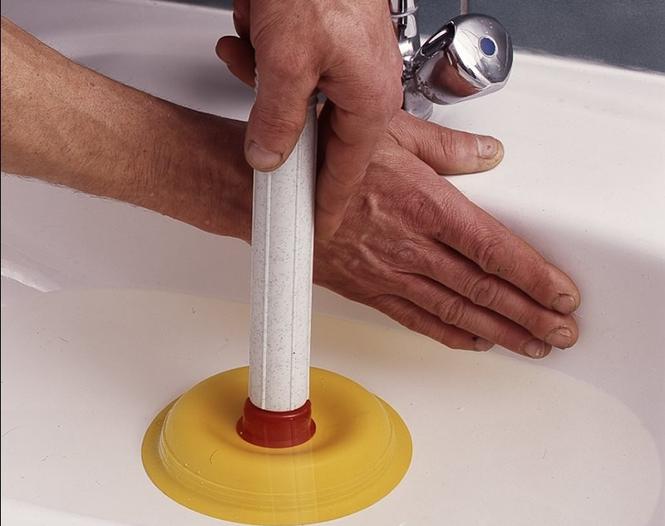

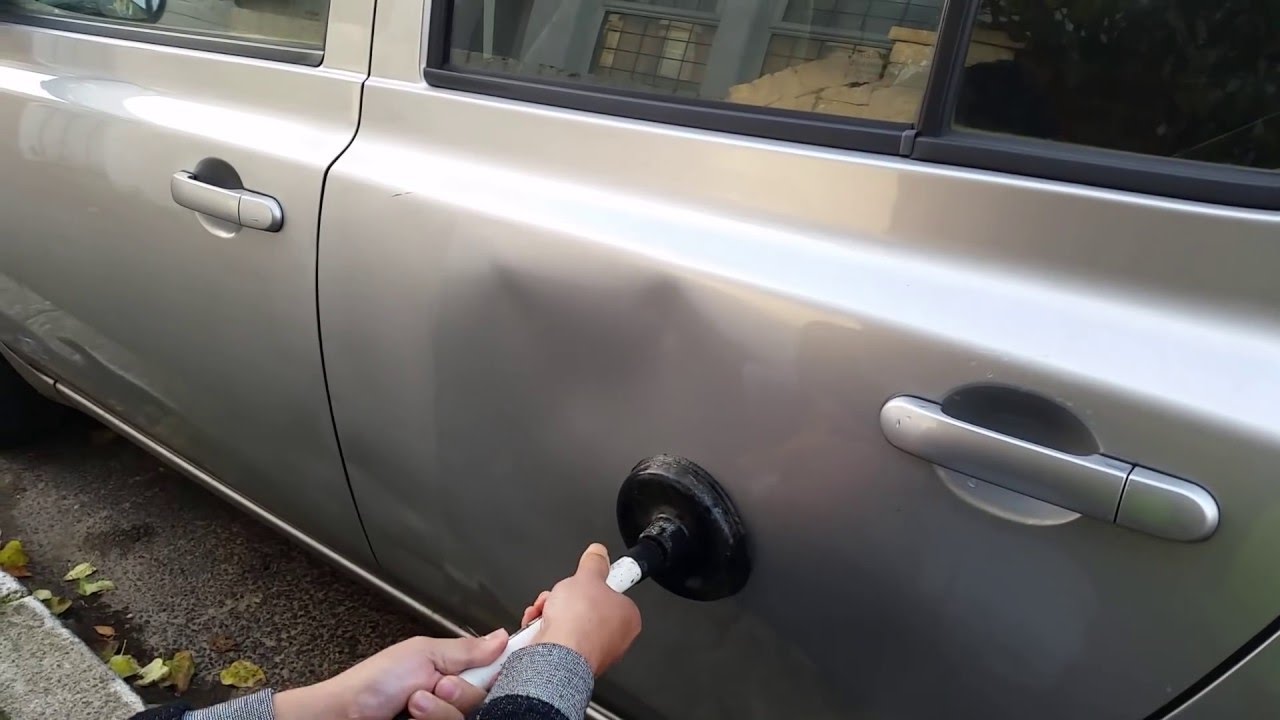





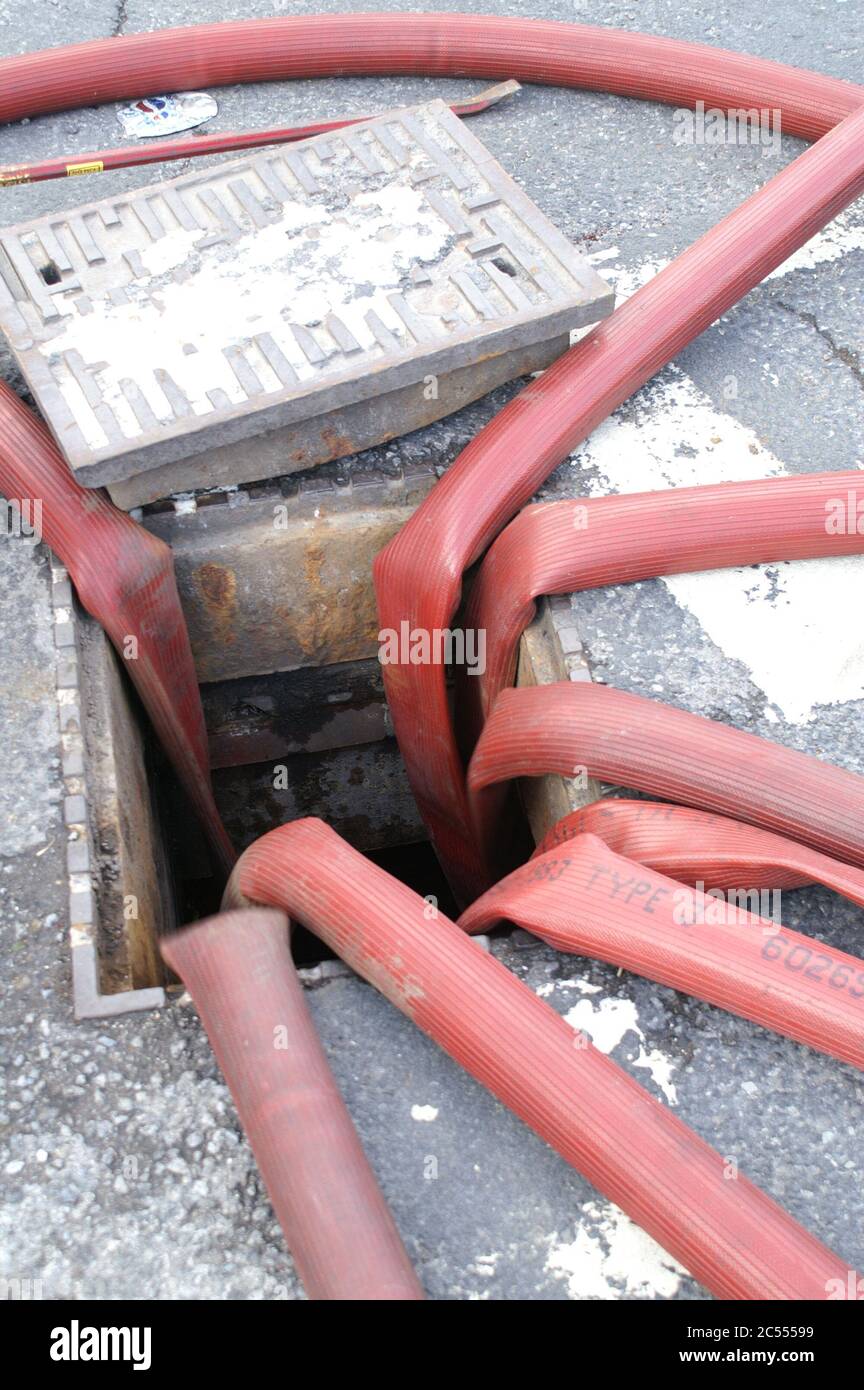

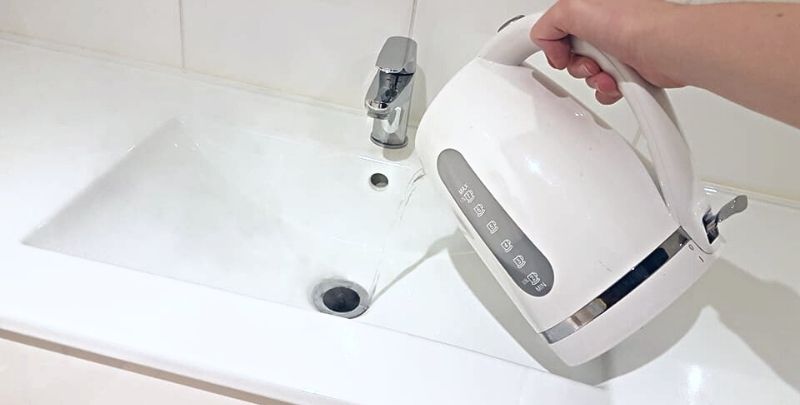

.jpg?time=1689761045394)
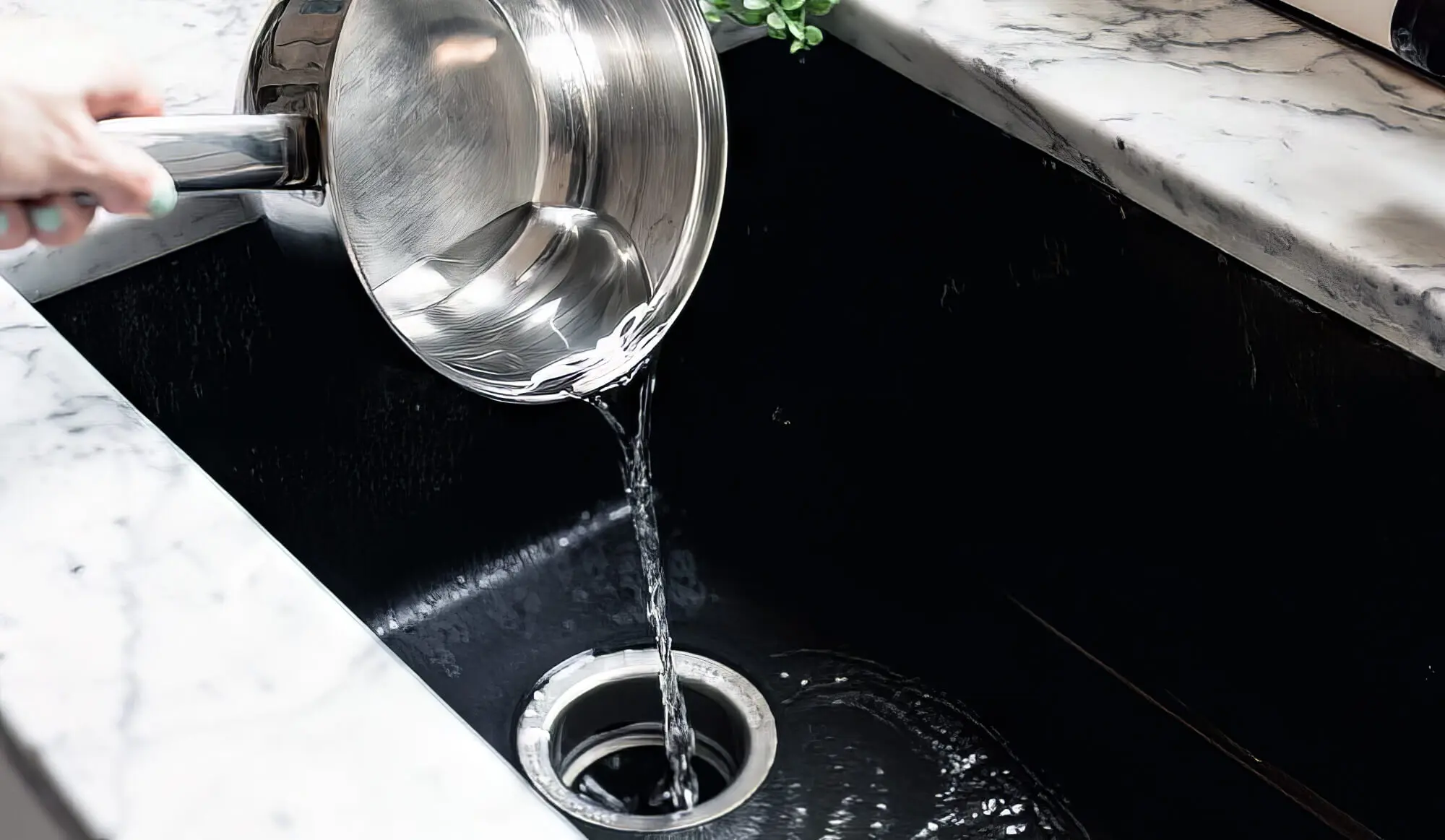


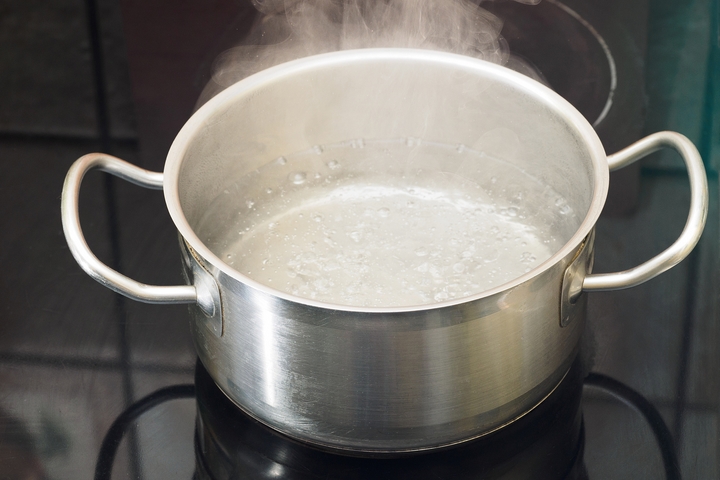
:max_bytes(150000):strip_icc()/GettyImages-1459148353-279aed56a15749c2a7310a882dbe3571.jpg)




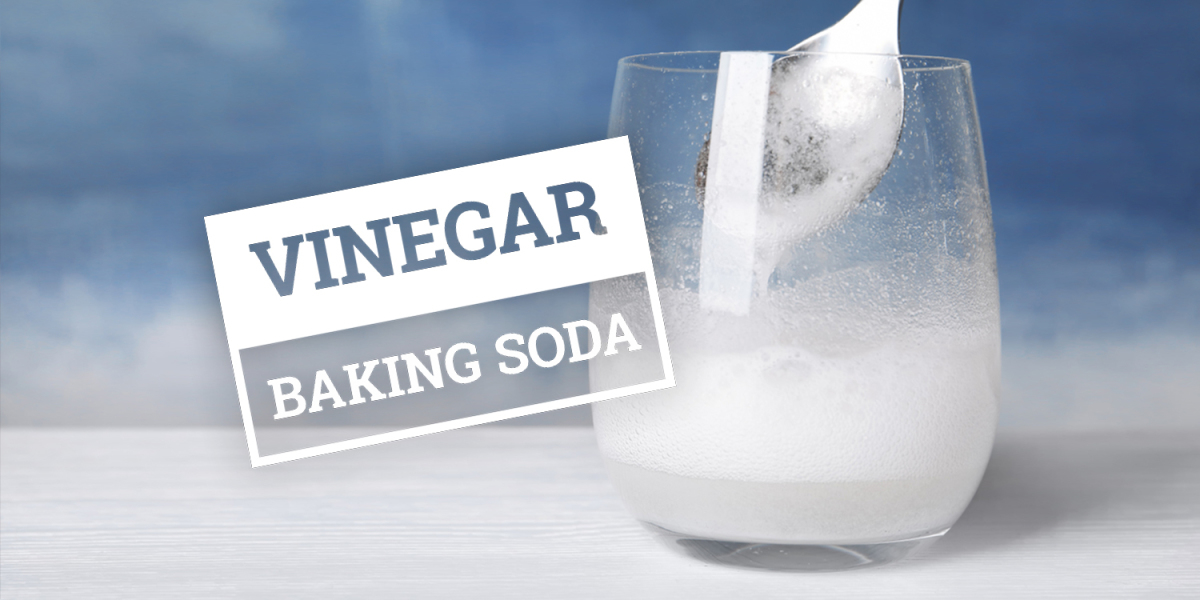





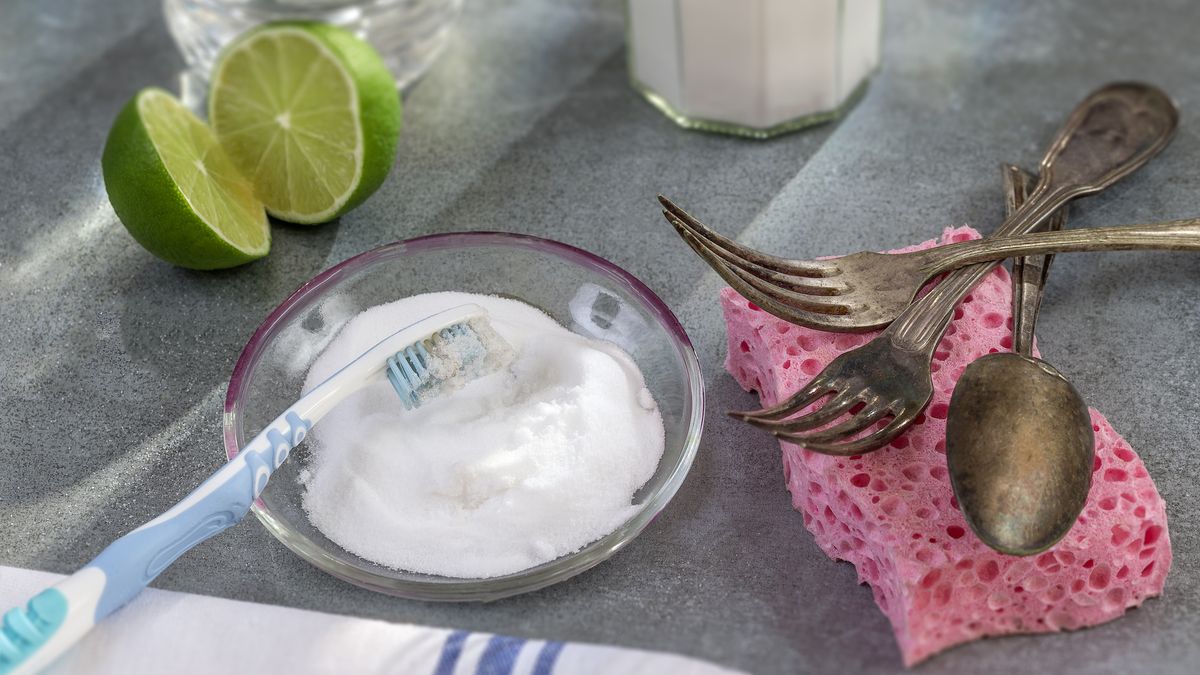

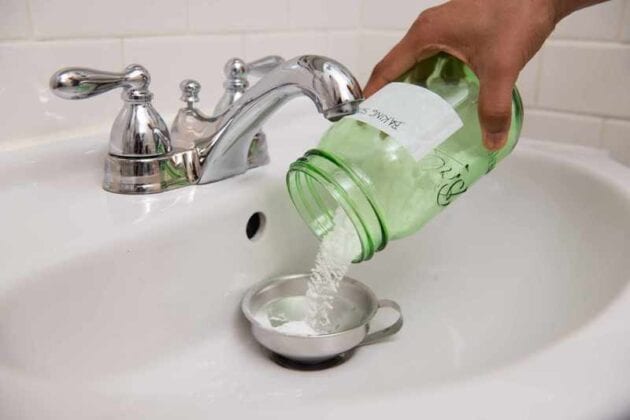
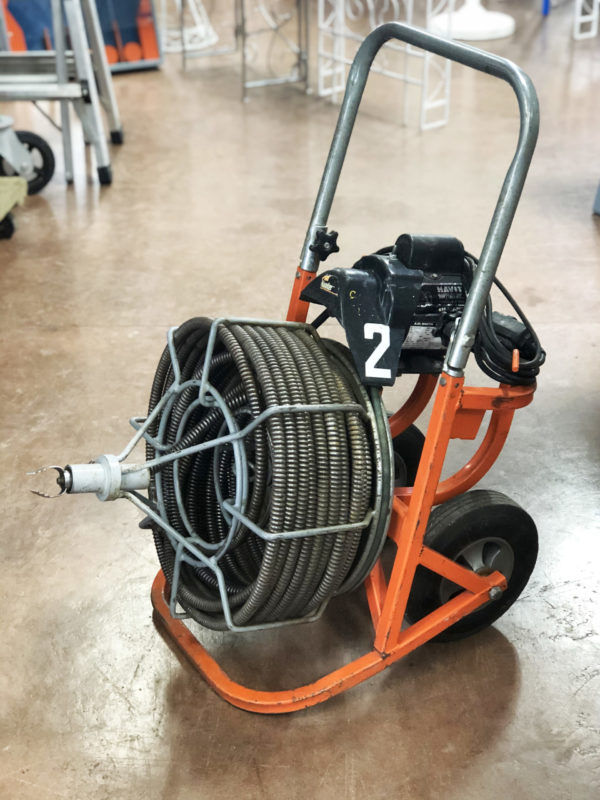






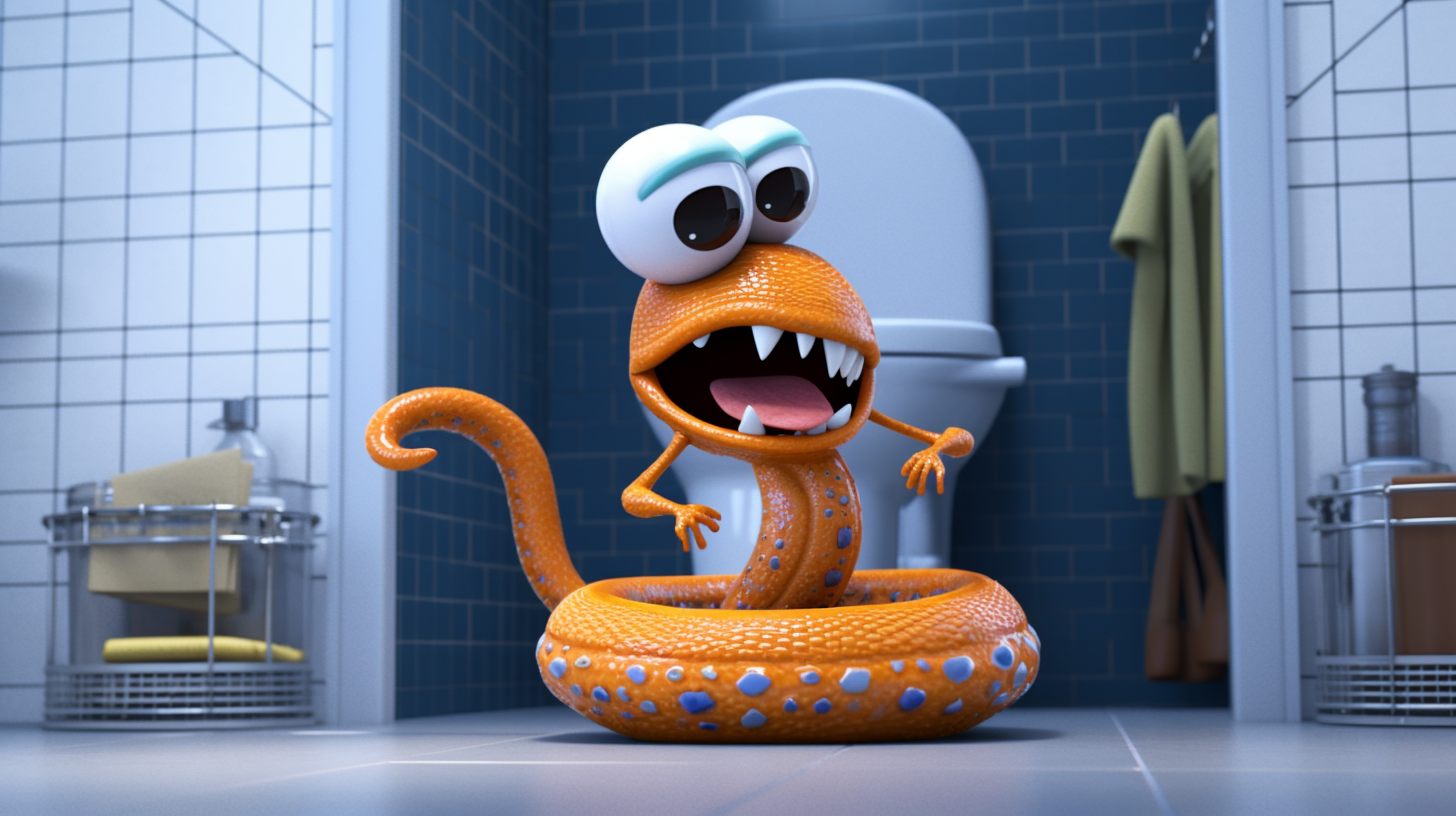






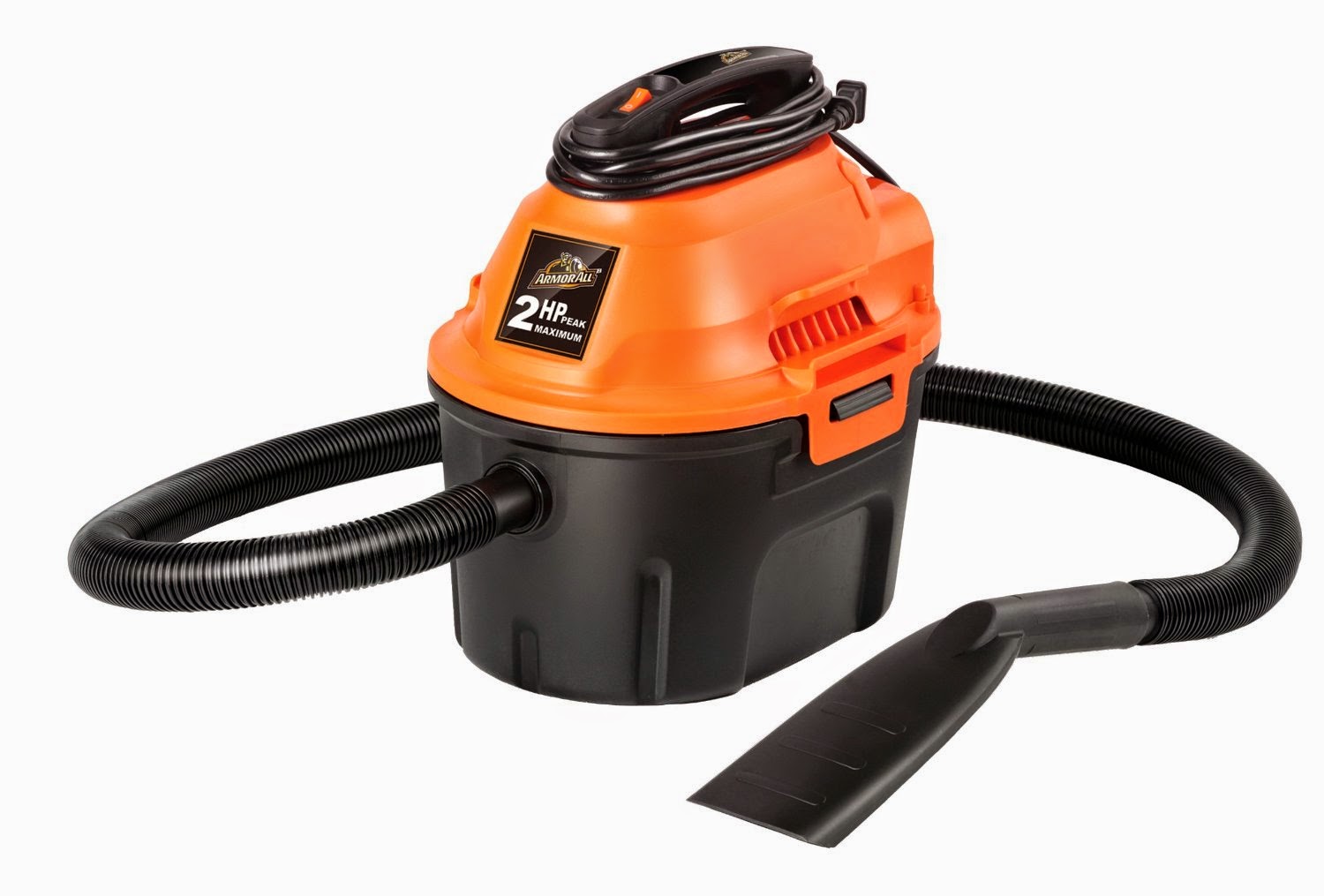



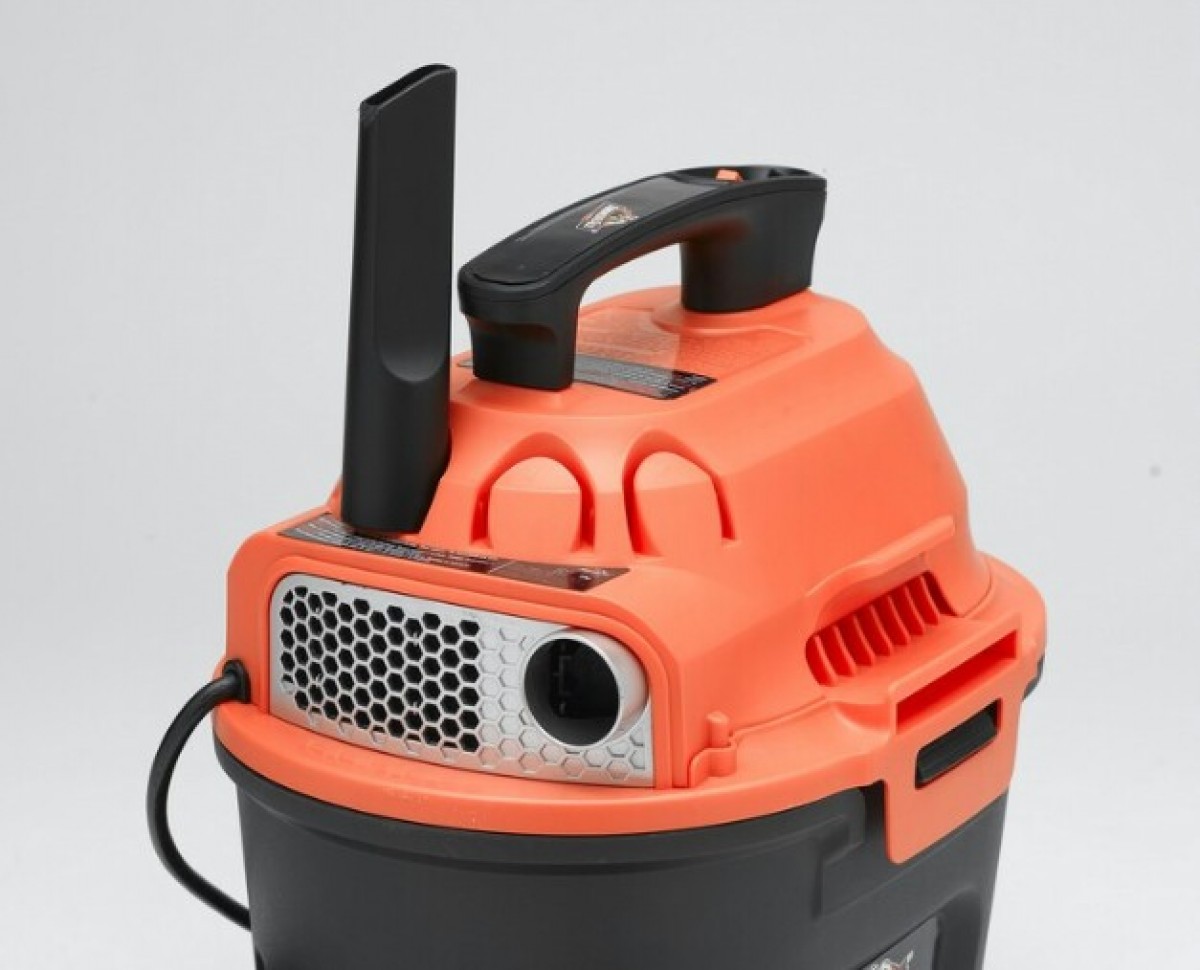





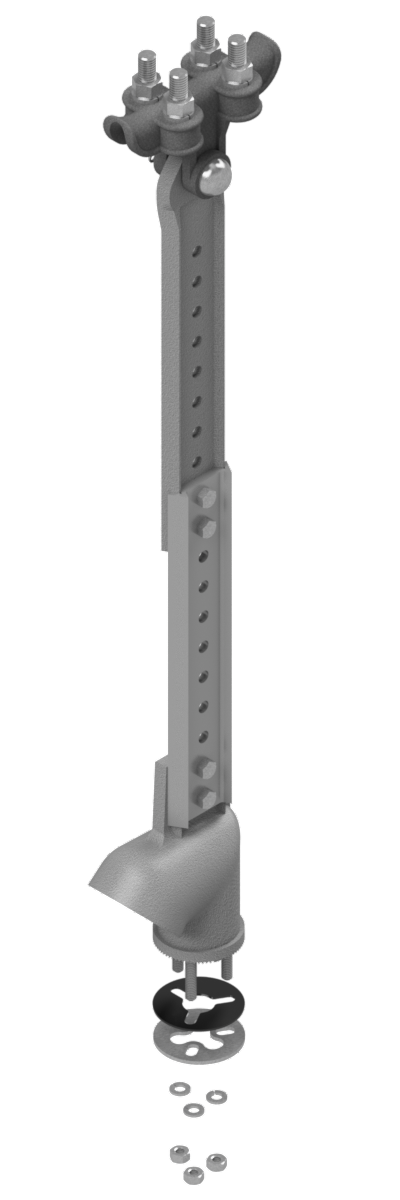
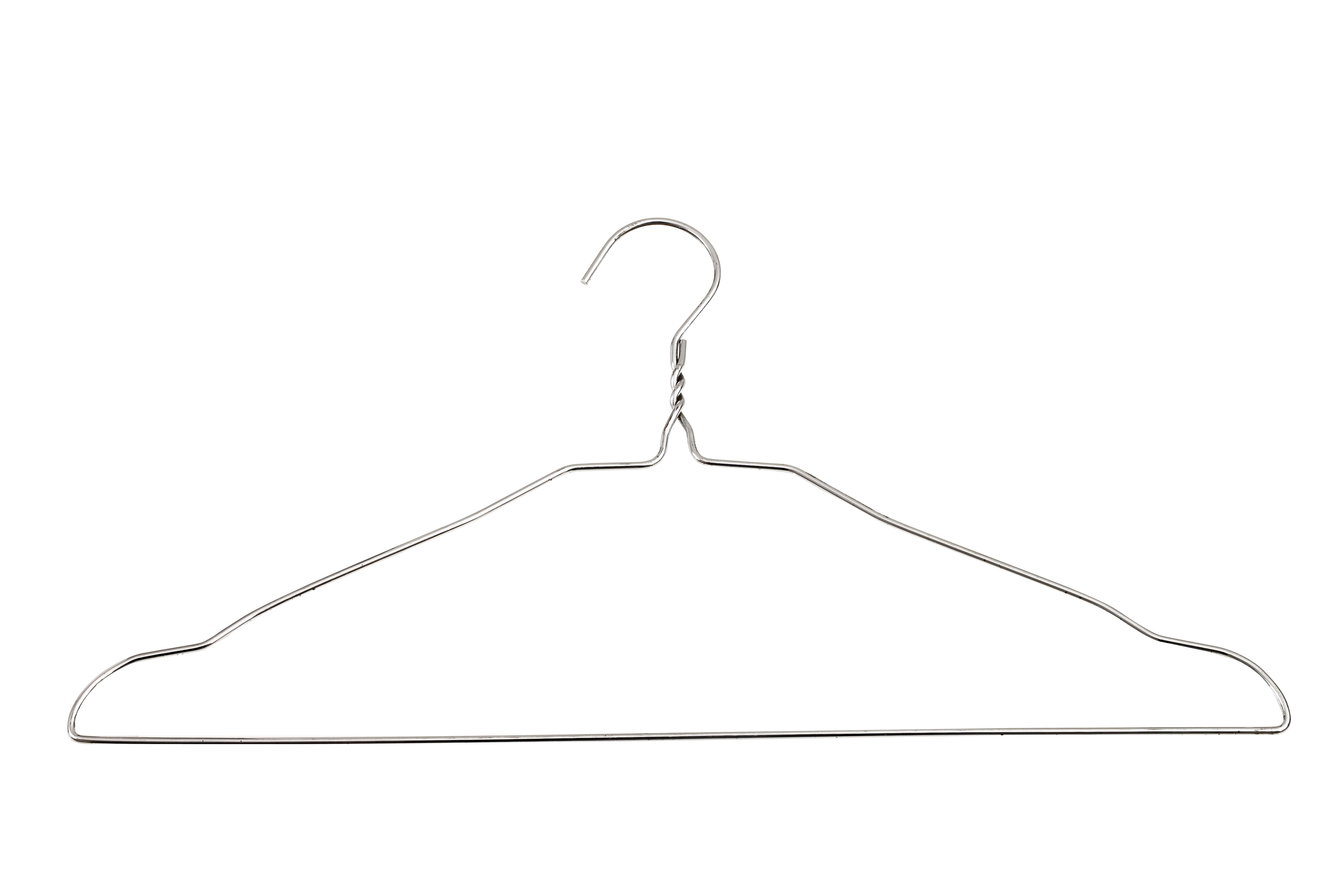

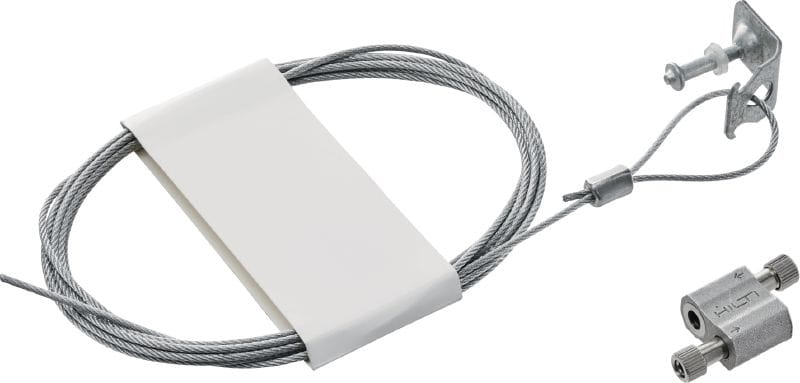
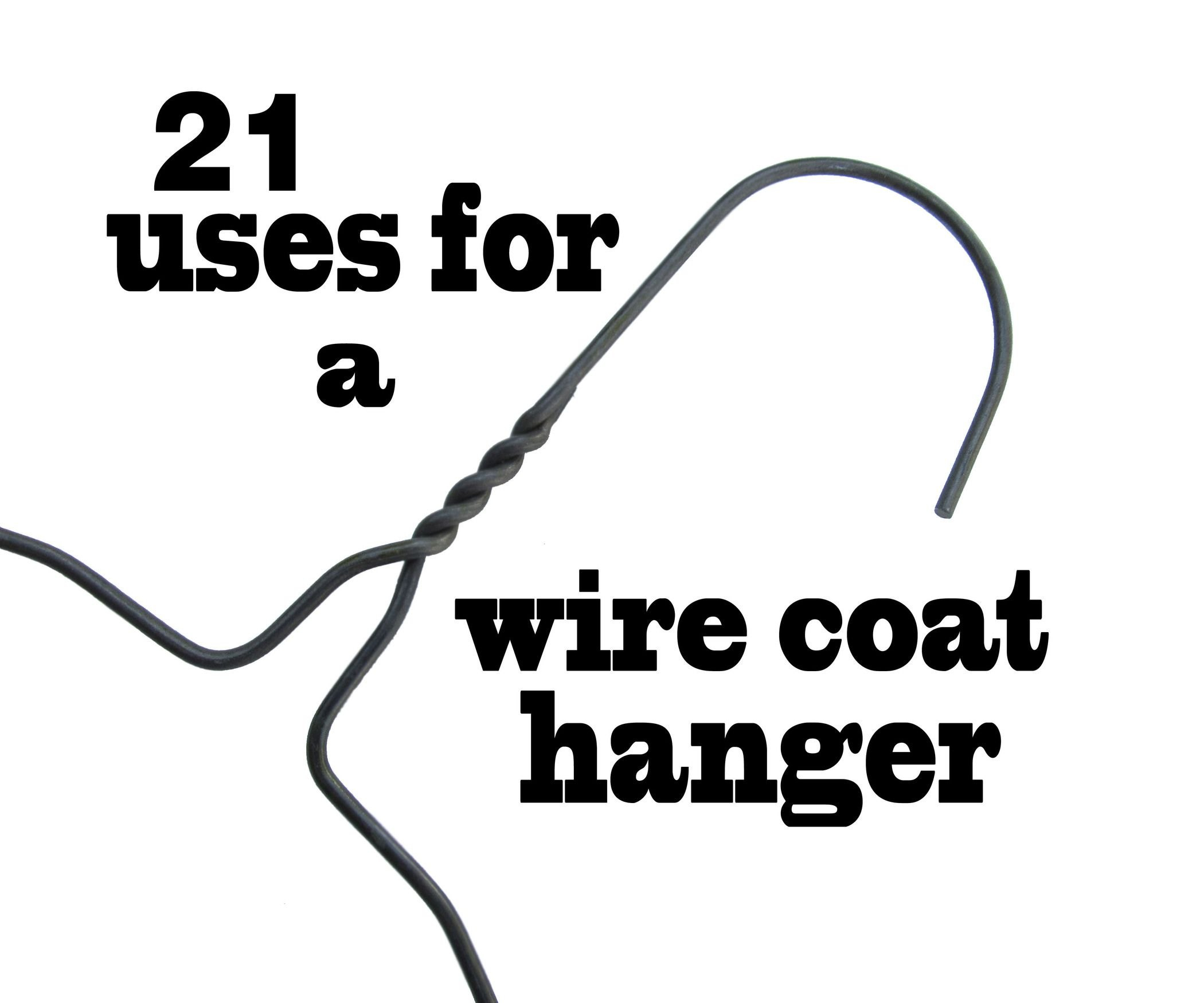


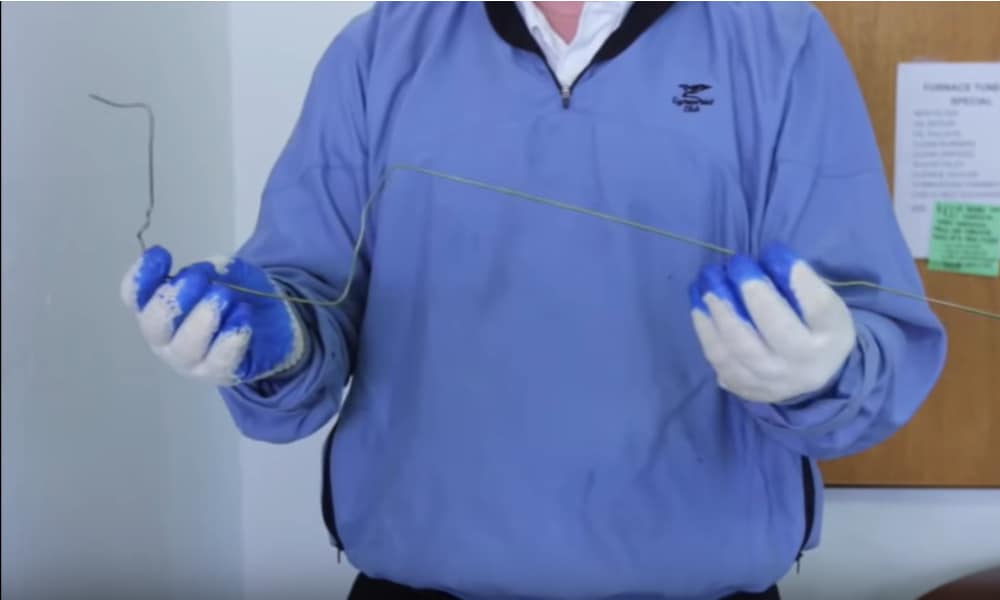








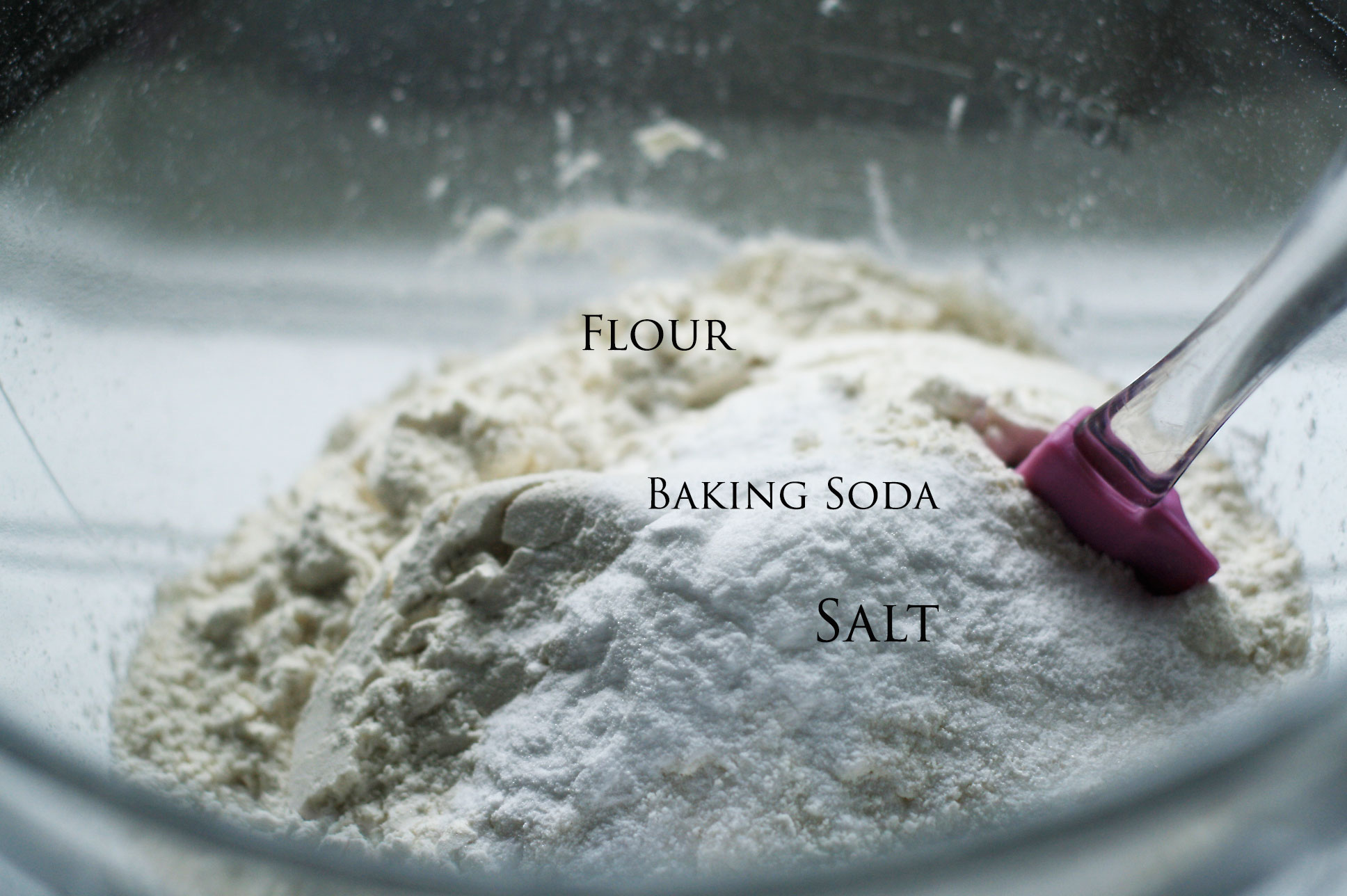
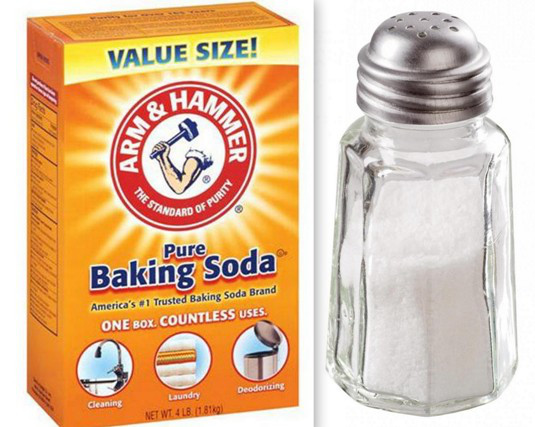
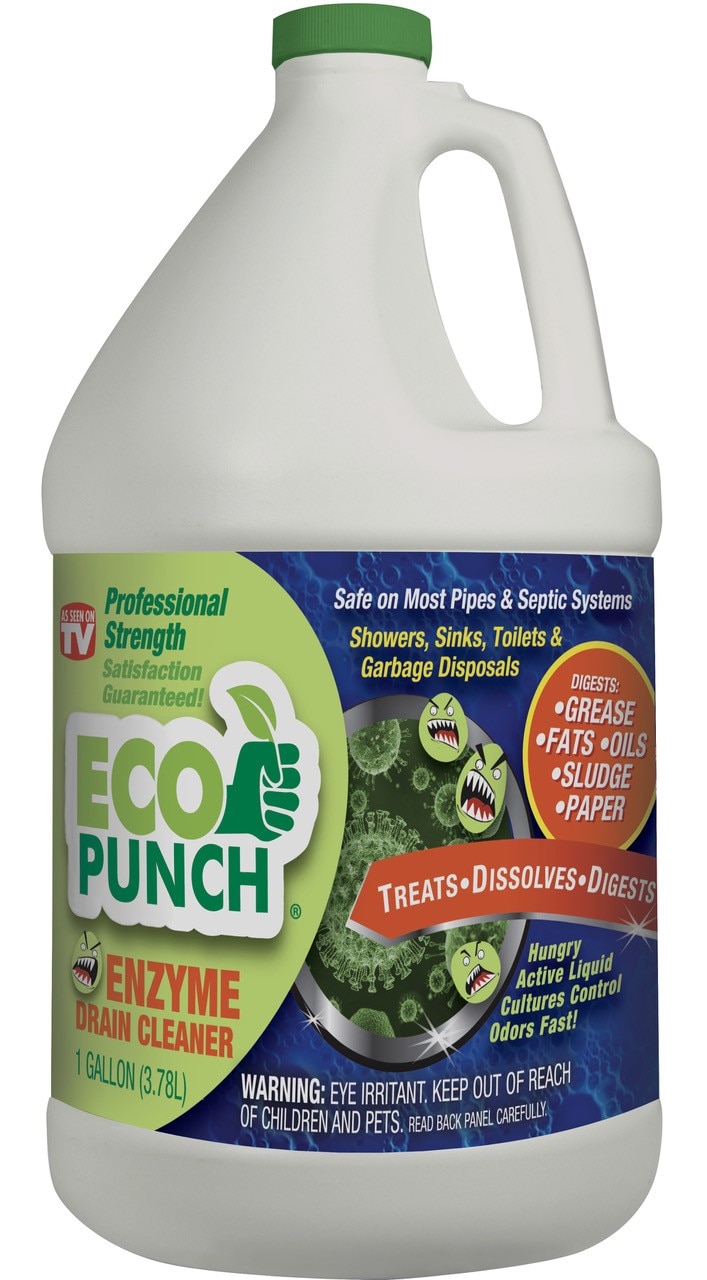

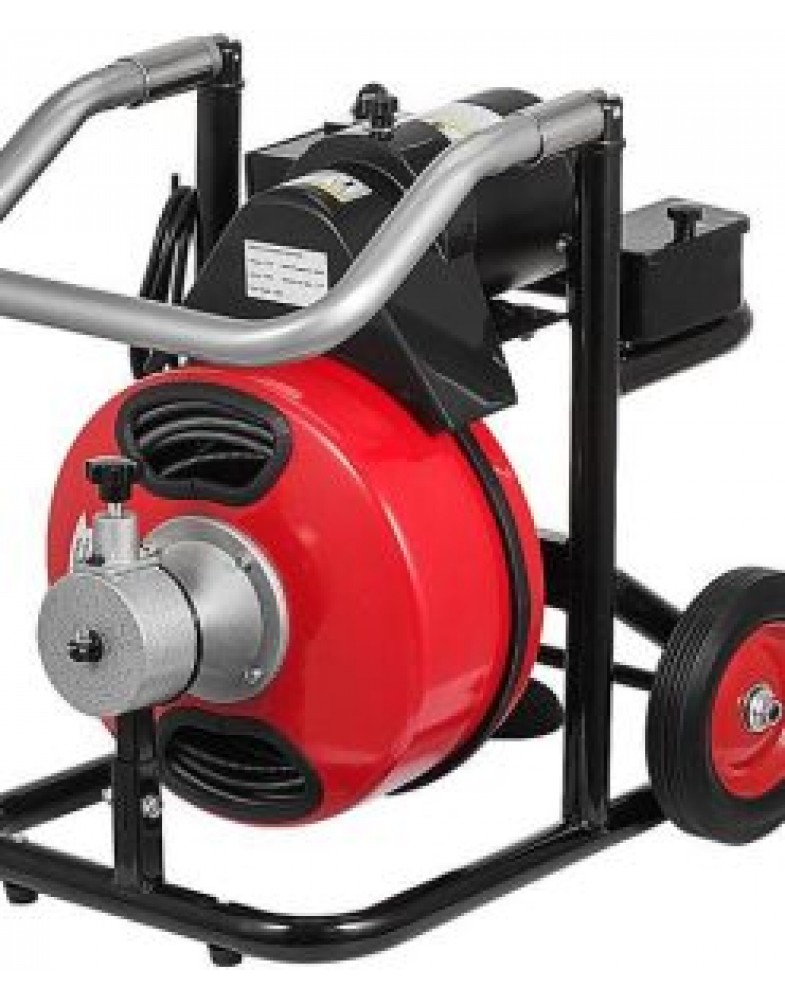

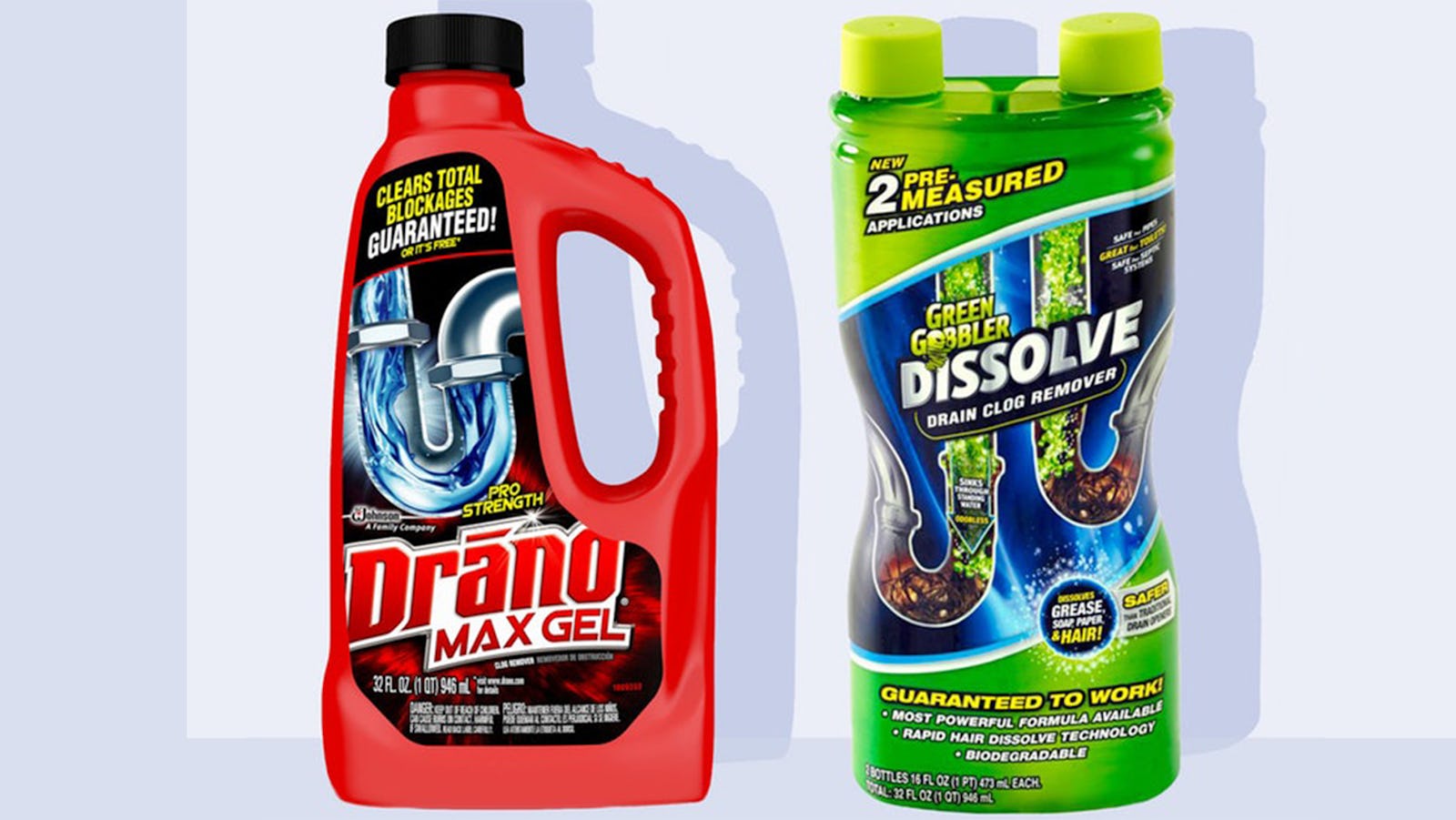
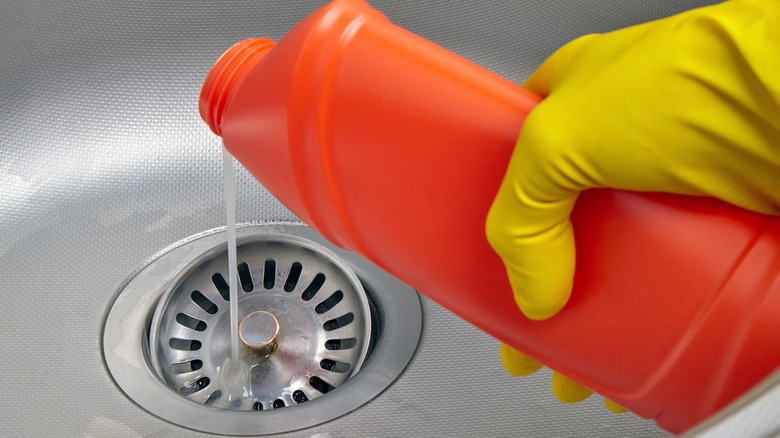



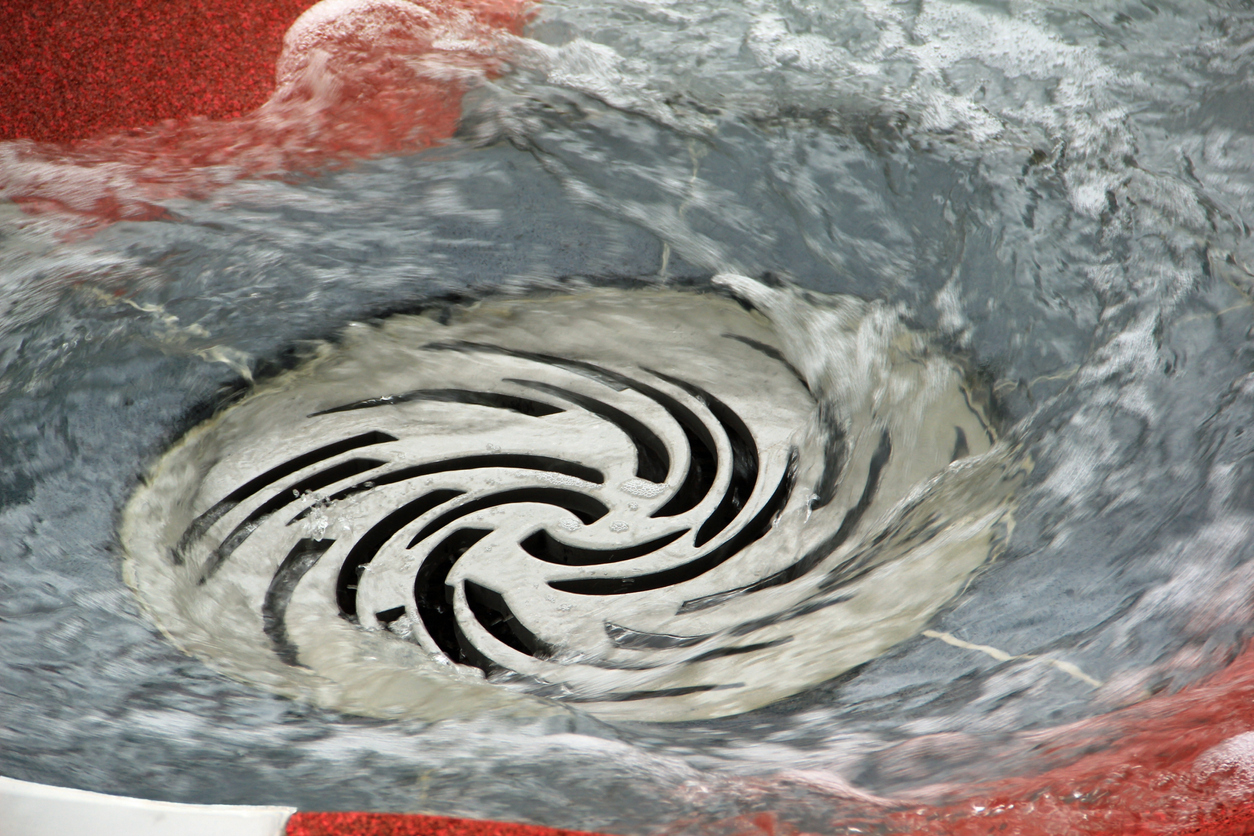
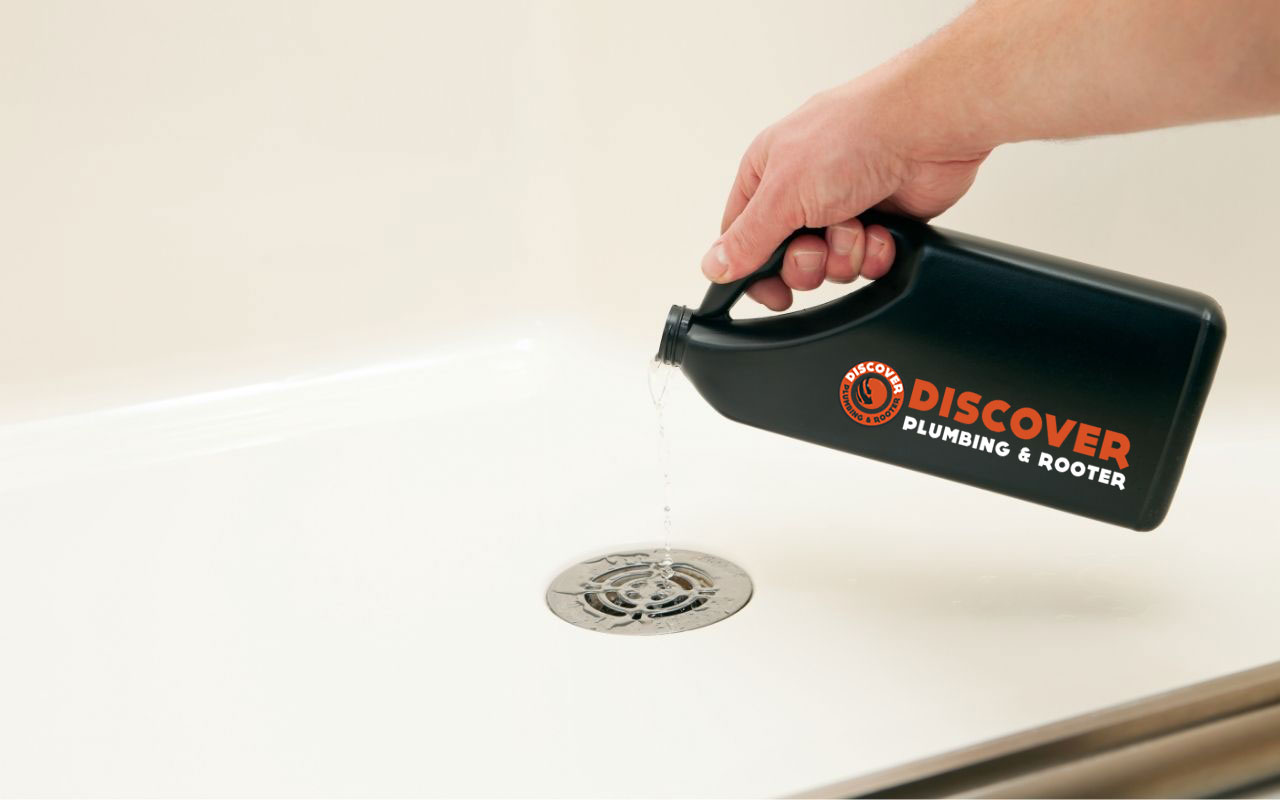
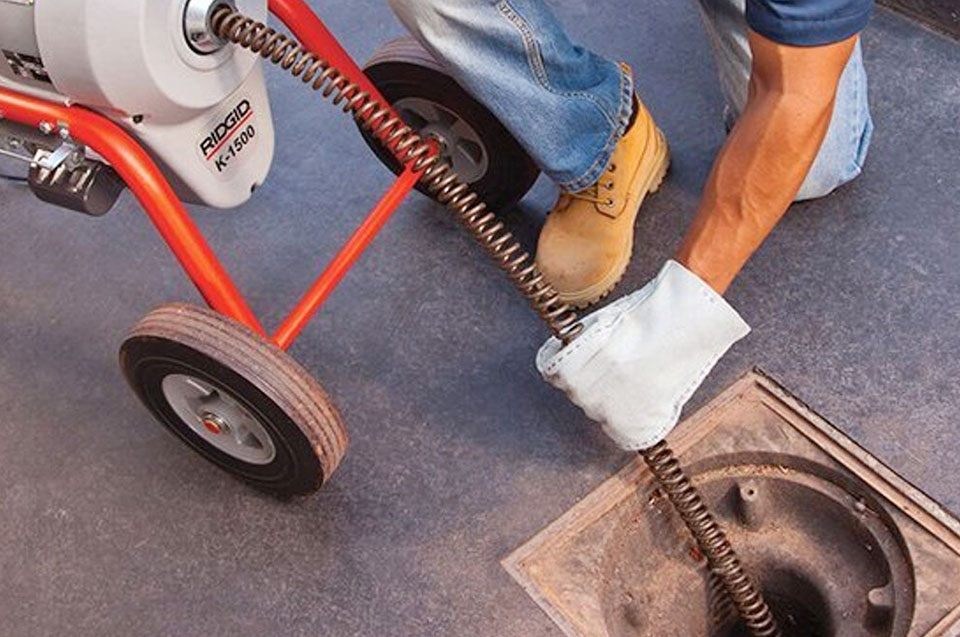






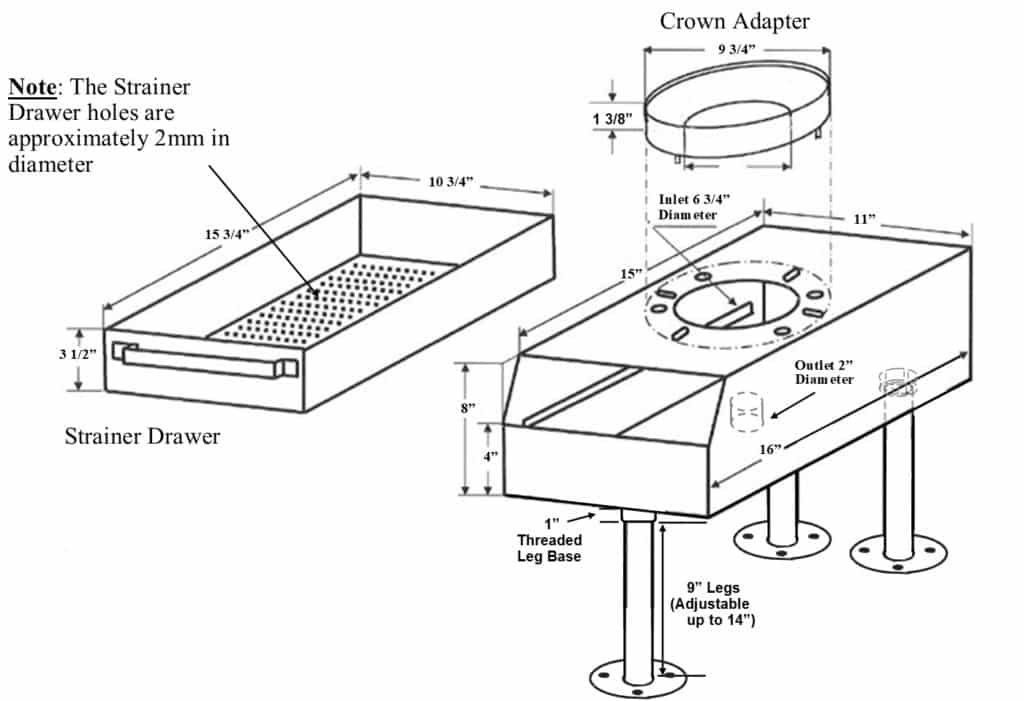
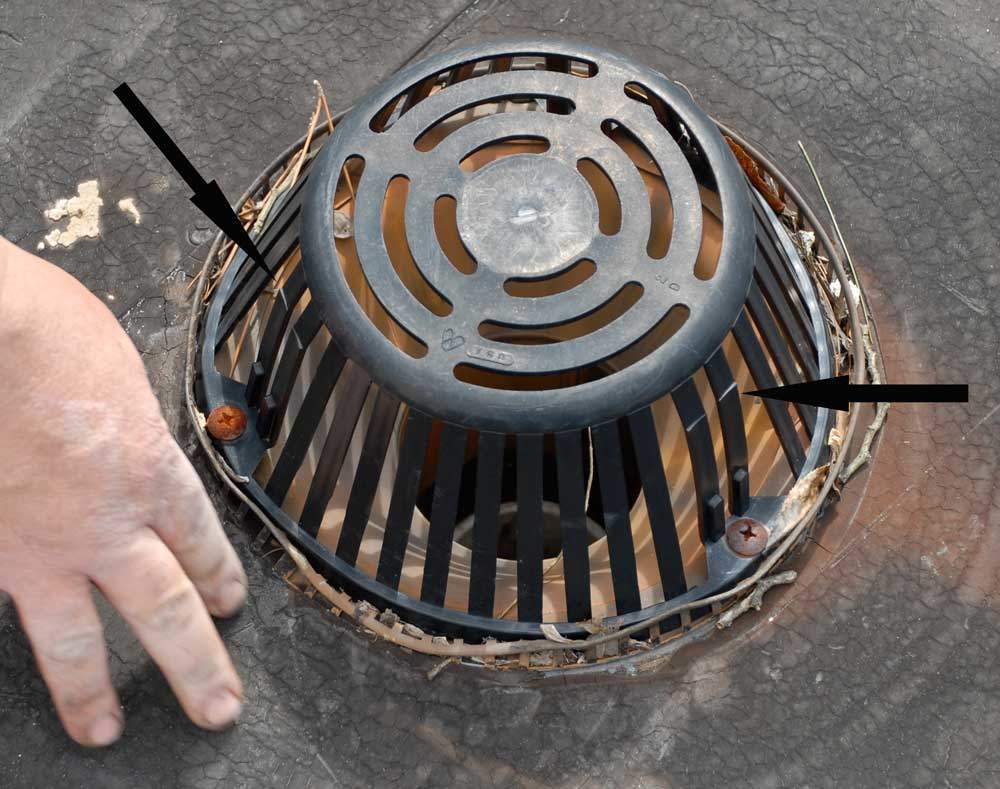
:max_bytes(150000):strip_icc()/installing-a-shower-drain-2718985-06-a352f423aef9405da0bbfc6552cd638e.jpg)
